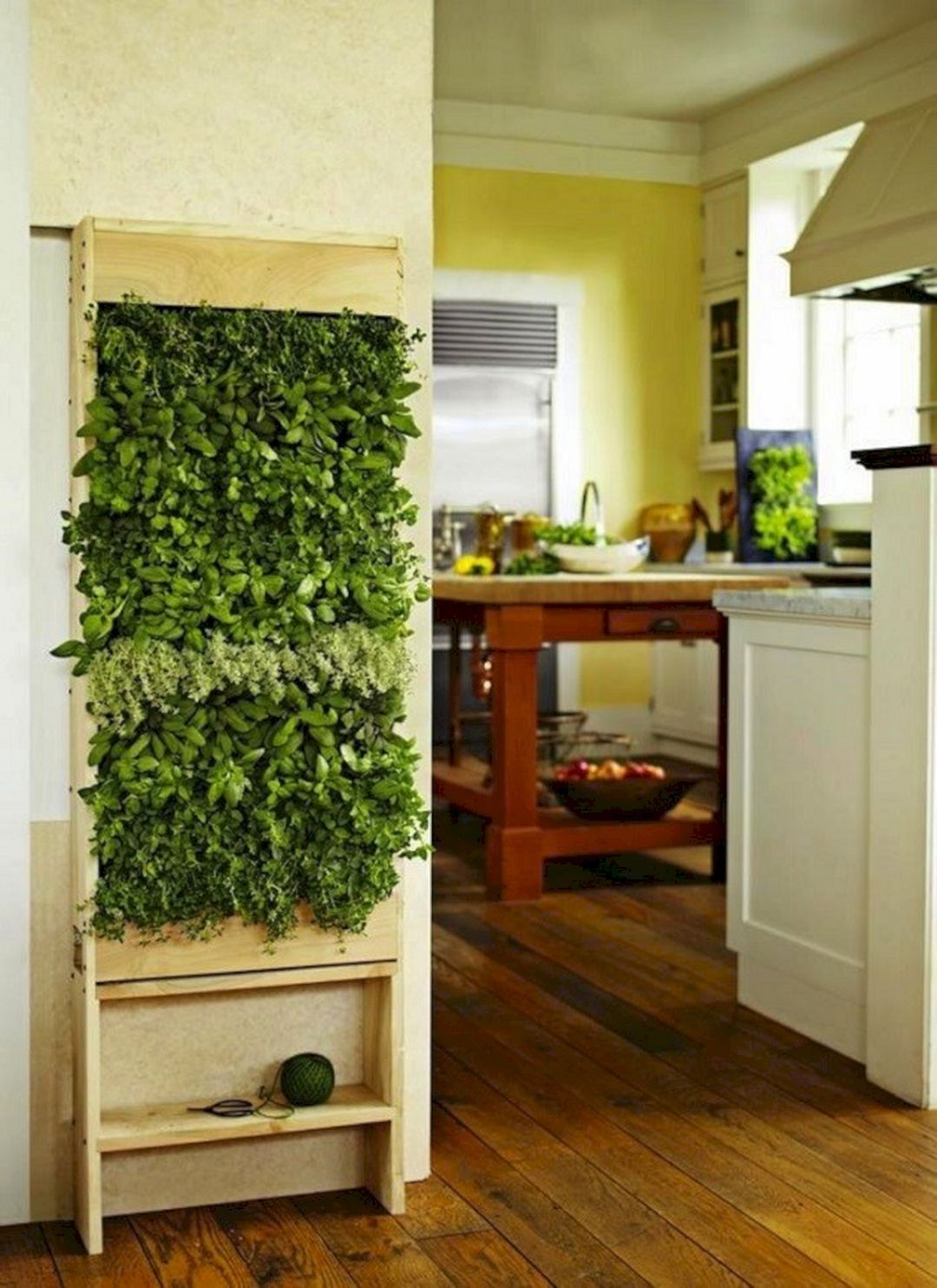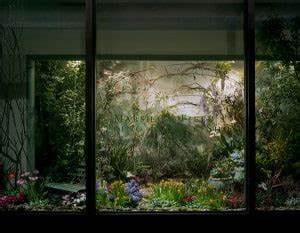
Introduction
Vertical garden design ideas have gained significant popularity in contemporary urban environments. As cities become more densely populated, the need for green spaces and sustainable solutions becomes increasingly important. This article will delve into the relevance and importance of vertical gardens, providing an overview of their benefits and why they are so interesting.
Historical Background
To understand the evolution of vertical gardens, it is crucial to explore their historical background. Initially, vertical gardens were primarily seen in ancient civilizations such as the Hanging Gardens of Babylon. Pioneers like Patrick Blanc, a French botanist, later popularized the concept in the modern era.
Key Concepts and Definitions
A vertical garden refers to a method of growing plants vertically, usually on walls or other vertical surfaces. Key terms associated with vertical garden design include green walls, living walls, and vertical greening. These terms all encompass the concept of introducing vegetation vertically, offering environmental benefits and aesthetic appeal.

Main Discussion Points
Vertical Garden Structures and Materials
Vertical garden design incorporates various structures and materials. Some popular options include modular panels, trellises, and pocket systems. Each has its pros and cons, such as ease of installation or maintenance requirements. Innovations in sustainable materials, such as recycled plastics or biodegradable mediums, have also emerged.
Plant Selection and Maintenance
Choosing suitable plant species for vertical gardens is crucial for their success. Factors like light exposure and climate conditions must be considered. Additionally, plant care, watering, and fertilization techniques differ in vertical gardens compared to traditional gardens. Tips to maximize plant health and longevity in vertical garden designs should be implemented.
Design Techniques and Compositions
Vertical garden design requires specific techniques and compositions to ensure aesthetics and functionality. Design principles like color, texture, and scale play a significant role. Integration of vertical gardens into various architectural styles, such as modern or traditional, allows for customization and seamless blending with the surrounding environment.

Case Studies or Examples
By analyzing successful vertical garden projects worldwide, we can gain valuable insights into their design concepts and outcomes. Public spaces, commercial buildings, and residential applications can all serve as examples. Examining challenges faced and lessons learned from each case study provides a comprehensive understanding of vertical garden design.
Current Trends or Developments
Staying up-to-date with the latest trends in vertical garden design is essential. Advancements in technology and vertical garden systems have introduced new possibilities. Additionally, recent research findings highlight the numerous benefits and positive impact of vertical gardens on the environment and human well-being.
Challenges or Controversies
Despite their benefits, vertical gardens face challenges during design and implementation. Common issues include water management, plant survival, and maintenance. Controversies surrounding the effectiveness or sustainability of vertical gardens also exist. Analyzing potential solutions and alternative approaches is crucial to overcome these challenges.

Future Outlook
Looking towards the future, vertical garden design ideas continue to evolve. Advancements and innovations in technology are expected to further enhance vertical garden systems. As the needs of urban environments change, vertical gardens will adapt to provide sustainable and green solutions.
Conclusion
In conclusion, vertical garden design ideas have become relevant and important in contemporary urban environments. Their benefits, including improved air quality, reduced energy consumption, and aesthetic appeal, make them a valuable addition to any space. Emphasizing the potential of vertical gardens and their future implications, these designs offer sustainable solutions for a greener tomorrow.
References
For further reading or research on vertical garden design ideas, consider the following sources:
“Vertical Gardens: Nature in the City” by Patrick Blanc
“Planting: A New Perspective” by Piet Oudolf and Noel Kingsbury
Vertical Garden Institute’s website: www.verticalgardeninstitute.com




